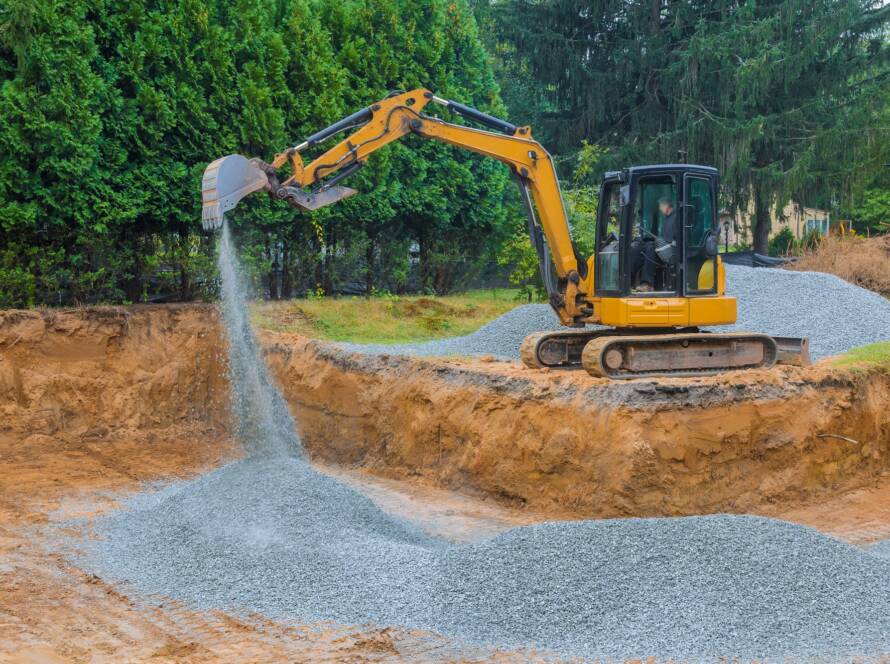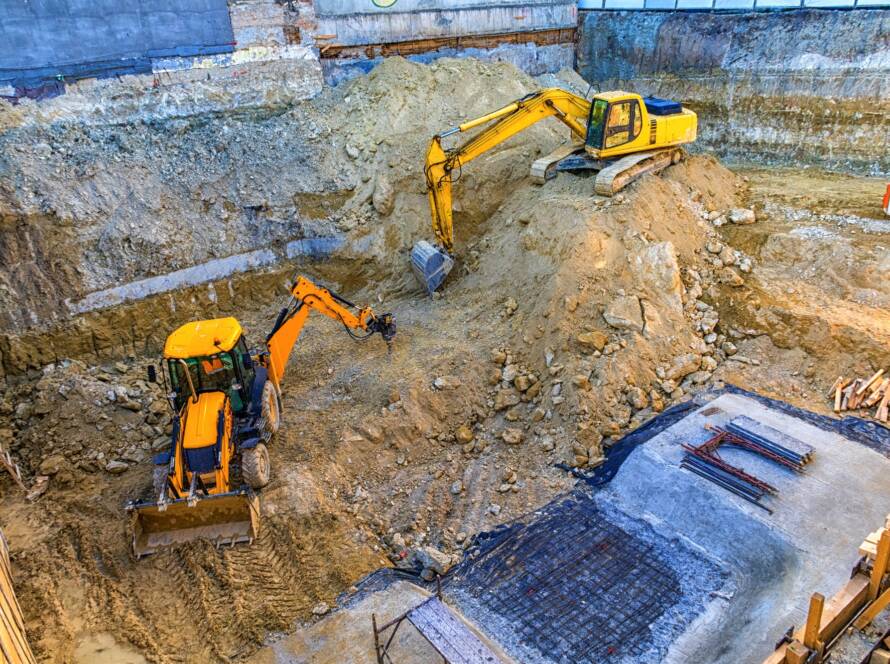Introduction
Excavation may not be the most glamorous part of construction, but it’s arguably the most important. It lays the literal and figurative foundation for what a building will become. When done with precision and foresight, excavation fuels better design, smoother construction, and smarter long-term property management.
1. Build from the Ground Up—Correctly
Every load-bearing wall, slab, and drainage plan depends on what lies below:
- Proper soil compaction prevents shifting
- Foundation excavation ensures design specs are met
- Site grading directs water away from structures
2. Customize the Land to Fit Your Vision
Whether you’re adding a loading dock or sculpting a retail pad, excavation:
- Shapes the topography to meet operational needs
- Accommodates future growth or expansions
- Matches elevations for ADA compliance and delivery access
3. Integrate Infrastructure from Day One
You don’t just dig for the building—you dig for everything around it:
- Power, sewer, gas, and communications trenches
- Water retention and storm drainage systems
- Road access and parking pads
Integrating these early avoids expensive retrofits.
4. Set the Tone for Every Subcontractor
A clean, level, well-prepared site:
- Makes life easier for every trade that follows
- Minimizes rework
- Builds confidence across the crew
Smart excavation earns time, trust, and efficiency.
5. Think Long-Term
Proper excavation protects against:
- Water damage
- Settlement cracks
- Erosion and landscaping issues
This protects your investment and your reputation as a developer or property owner.
Conclusion
Excavation is more than a line item—it’s a mission-critical phase that touches every element of your project. With smart planning, expert execution, and long-term vision, excavation becomes the first win in a successful commercial construction strategy.



